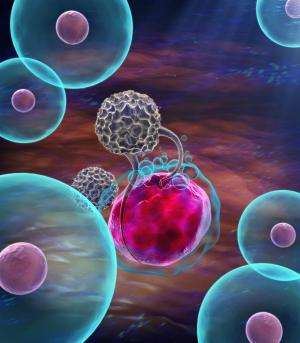Significance
Macrophages are innate immune cells that use pattern recognition receptors such as the toll-like receptors (TLRs) to sense danger. Individual TLRs detect danger in different contexts, for example, microbial products on the surface of bacteria indicative of nearby or proximal threats, as well as soluble factors representing far away or distal threats. Through studies on uropathogenic E. coli, we identify a macrophage pathway that discriminates between proximal and distal danger to engage antimicrobial or inflammatory responses, respectively. The significance of this study lies in the identification of antiinflammatory and antimicrobial activities of the metabolite D-ribulose-5-phosphate, as well as avenues for selectively manipulating host defense versus inflammation. Our findings can be exploited for the design of host-directed therapies and/or antiinflammatory agents.
Abstract
The immune system must be able to respond to a myriad of different threats, each requiring a distinct type of response. Here, we demonstrate that the cytoplasmic lysine deacetylase HDAC7 in macrophages is a metabolic switch that triages danger signals to enable the most appropriate immune response. Lipopolysaccharide (LPS) and soluble signals indicating distal or far-away danger trigger HDAC7-dependent glycolysis and proinflammatory IL-1β production. In contrast, HDAC7 initiates the pentose phosphate pathway (PPP) for NADPH and reactive oxygen species (ROS) production in response to the more proximal threat of nearby bacteria, as exemplified by studies on uropathogenic Escherichia coli (UPEC). HDAC7-mediated PPP engagement via 6-phosphogluconate dehydrogenase (6PGD) generates NADPH for antimicrobial ROS production, as well as D-ribulose-5-phosphate (RL5P) that both synergizes with ROS for UPEC killing and suppresses selective inflammatory responses. This dual functionality of the HDAC7-6PGD-RL5P axis prioritizes responses to proximal threats. Our findings thus reveal that the PPP metabolite RL5P has both antimicrobial and immunomodulatory activities and that engagement of enzymes in catabolic versus anabolic metabolic pathways triages responses to different types of danger for generation of inflammatory versus antimicrobial responses, respectively.







